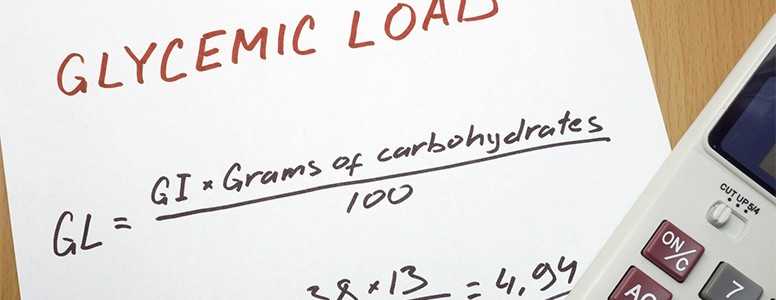Researchers have made a discovery involving a molecule which they say could help treat diabetic foot ulcers.
The formation of new blood vessels is critical during the body’s response to the tissue damage that occurs in foot ulcers, and researchers have strived to understand how a particular molecule, deoxyribose-1-phosphate, works during the process.
Now, they have unlocked insights into the molecule and its role within the tissue regenerative process, and the findings could be of significance for people with diabetes.
Lead researcher Dr Giordano Pula, from the University of Exeter Medical School, said: “We’re very excited to provide new insights into how this crucial molecule works to stimulate the formation of blood vessels in people.
“We now hope to be able to use this knowledge to trigger the formation of new blood vessels in patients where this is required for tissue regeneratio, such as diabetic foot.”
People with type 1 diabetes and type 2 diabetes are more prone to foot ulcers which can occur as a result of poorly controlled blood glucose levels, diabetic neuropathy or poor blood circulation.
During the trial, the deoxyribose-1-phosphatemolecule was shown to activate a specific enzyme called NADPH oxidase 2 (NOX2), which kick-starts a process that stimulates the creation of new blood vessels. Previous research has shown regenerating blood vessels can help repair tissue damage, which is why they wanted to focus their efforts on this area.
Dr Pula’s team is now planning to use deoxyribose-1-phosphatemolecule to stimulate skin repair following wounds and non-healing ulcers. They hope this could lead to new applications to treat foot ulcers among people with diabetes.
The study has been published in the Antioxidants and Redox Signalling journal.





